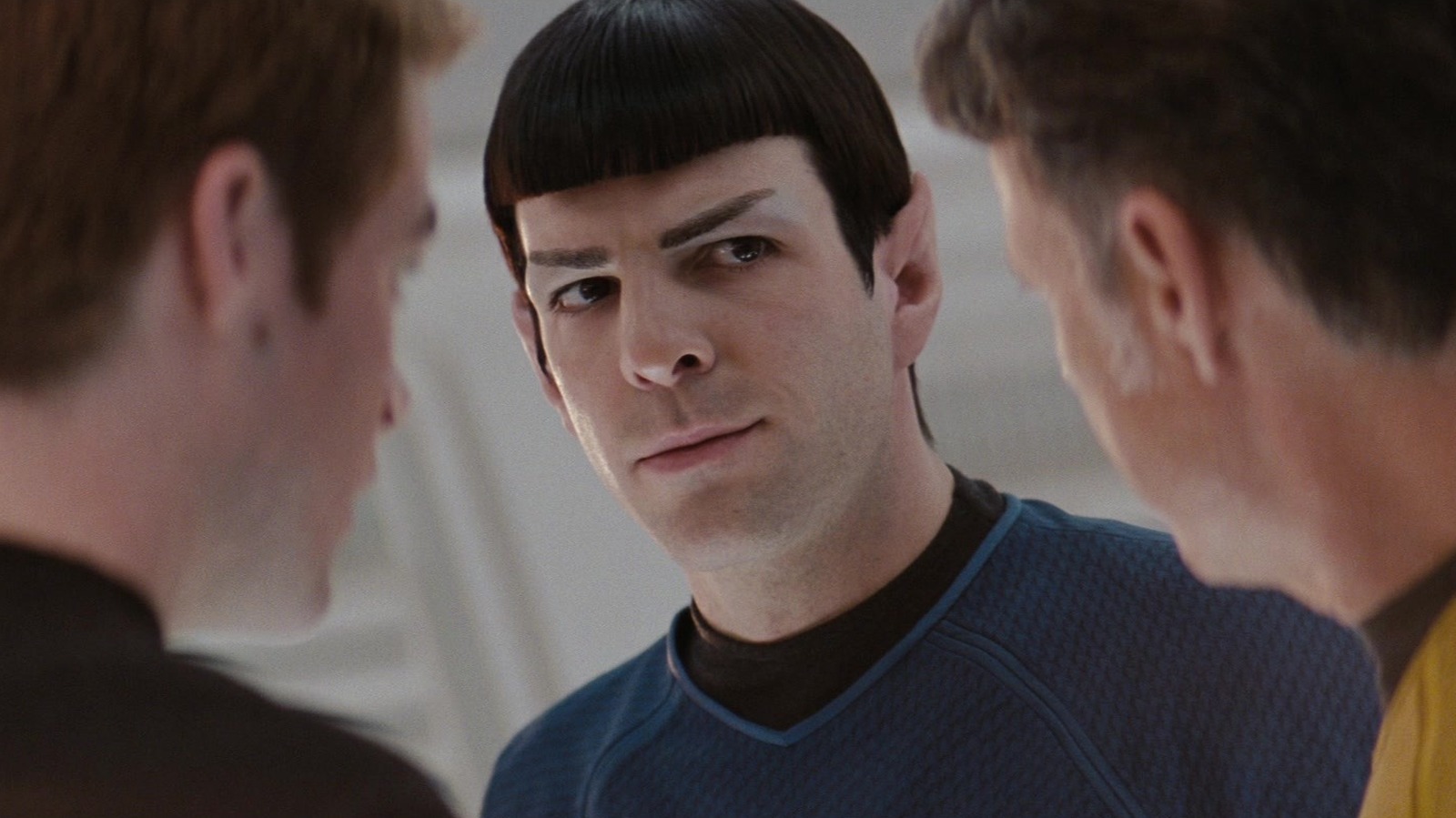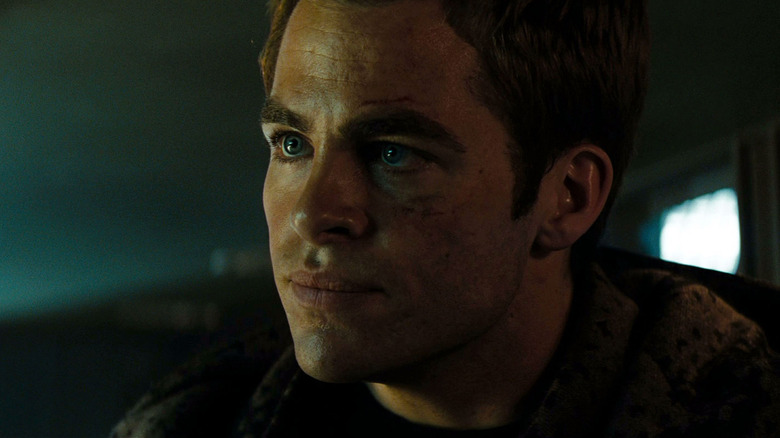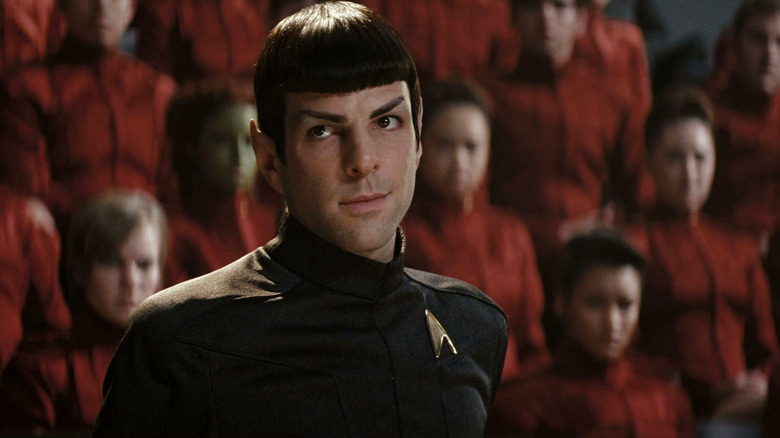his idea for “Babylon 5” to Paramount, hoping the studio would produce it and turn it into a full-blown sci-fi show. He presented Paramount with a series bible, character bios, artwork, and even 22 brief story ideas that he intended to write for the show. The series was set in the mid-23rd century aboard a space station that was located in a neutral part of space. Many aliens would pass through, and the show’s main characters, part of a peacekeeping military-like organization, had to tackle all the natural intrigue of being in that position. Paramount turned down “Babylon 5,” but Straczynski ended up selling his pitch to Warner Bros. a few years later.
Advertisement
In a suspicious piece of timing, though, Paramount announced — only two months after “Babylon 5” was announced — that it would be producing “Star Trek: Deep Space Nine,” a series that was also set aboard a numbered space station and that also saw many aliens visiting a beleaguered outpost overseen by a peacekeeping military-like organization. Straczynski has remarked (in a post on his website) that “Deep Space Nine” creators Rick Berman and Michael Piller likely didn’t see his “Babylon 5” materials, but he suspected that some of his ideas were, nonetheless, used to develop that “Star Trek” TV show. The tensions between Straczynski and Paramount remained palpable for years.
This context is important to know when talking about “Star Trek: Re-Boot the Universe,” a proposed 14-page “Star Trek” treatment that Straczynski once cobbled together with Bryce Zabel, the creator of the sci-fi series “Dark Skies.” In 2004, when “Star Trek: Enterprise” was on the air and the 2009 “Star Trek” reboot was just a glimmer in J.J.Abrams’ eye, Straczynski and Zabel idly hammered out their ideas.
Advertisement
Weirdly, the eventual 2009 reboot also resembled Straczynski’s idea. Zabel talked about said reboot in “The Fifty-Year Mission: The Next 25 Years: From The Next Generation to J.J. Abrams,” edited by Mark A. Altman and Edward Gross.



